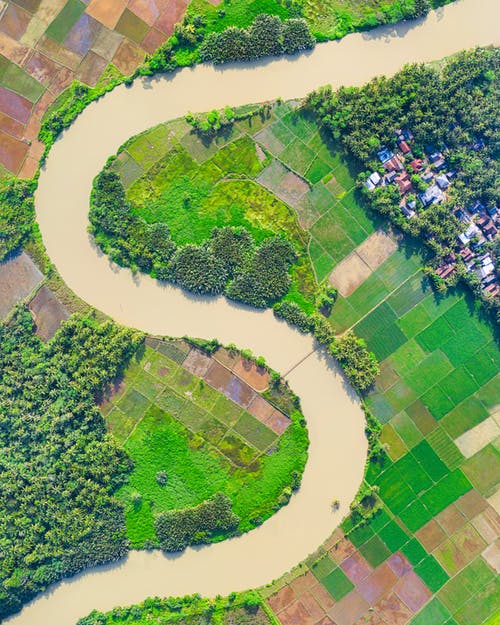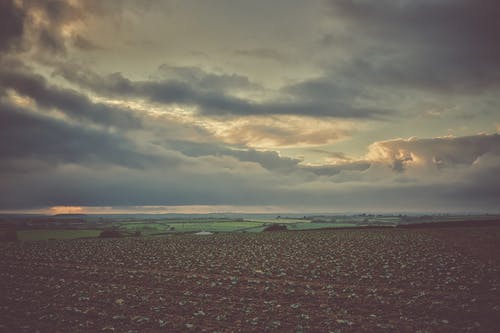If you are passionate about farming and want to invest in a piece of land where you can get things started, then stop for couple of minutes and read through this article!
Some might think that finding a terrain for growing things isn’t all that complicated and as long as the proper amount of sunlight, water and fertilizer are made available, anything will grow pretty much anywhere. This however, is not true and the reality is the exact opposite. Therefore, making the right decision when purchasing a property for farming is the most important decision of all and we have listed down a few pointers to help you select the right land the first time itself.

Drainage Matters
To a farmland, drainage is of utmost important for several reasons, and a smart farmer will know to select a terrain that has perfect soil drainage. Most of the crops cultivated in Australia favours soil that drains faster and stagnant water can lead to many diseases such as blight, moulds and stalk and root rot.
While there are ways to improve soil drainage, such as by adding sand, compost, mulch or perlite, all these will cost a lot of money and you can avoid these altogether by doing the right things before making any financial commitments for the land. You can collect a sample of the water from beneath the soil surface using a bailer and send it to be tested. This will reveal the nature and contents of the water so that you can make an informed decision.
Topography
The topography of the land you have chosen must match the requirements of the plants that you hope to grow on it. For instance, in most cases, farmers avoid steep terrains in the hillside because when water flows down the slope, all of the important nutrients get washed away, leaving plants with inadequate levels of nutrients.
However, farmers in arid regions does not have to be overly concerned about this because the plants they grow are adapted to survive in such conditions where there is little or no rain and even steep, hill side lands are good for cultivation.
Infrastructure
The infrastructure of a farmland can be categorized into three categories, namely; roads, irrigation and buildings.
You will be operating big vehicles such as tractors, compounds and harvesters in your farm and accessing every corner of the land in those big bad boys will be a necessity. Therefore, make sure you can pave roads the way you want in the farmland.

Irrigation is of very high importance to crops and you must facilitate it across your large property in an effective way that ensures equal distribution. You may opt to go with a drip system or an overhead sprinkler system depending on the type and size of your crops and the system should be powered by a water supply that is both powerful and available 24/7.
Farming is not all about growing on an ideal soil. You will have to construct more than just a couple of constructions within the property itself to facilitate housing of produce, equipment and vehicles. If you plan on producing a substantial harvest, and an average sixed barn is not going to cut it, maybe it will be a good idea to invest in a few silos for storage.
